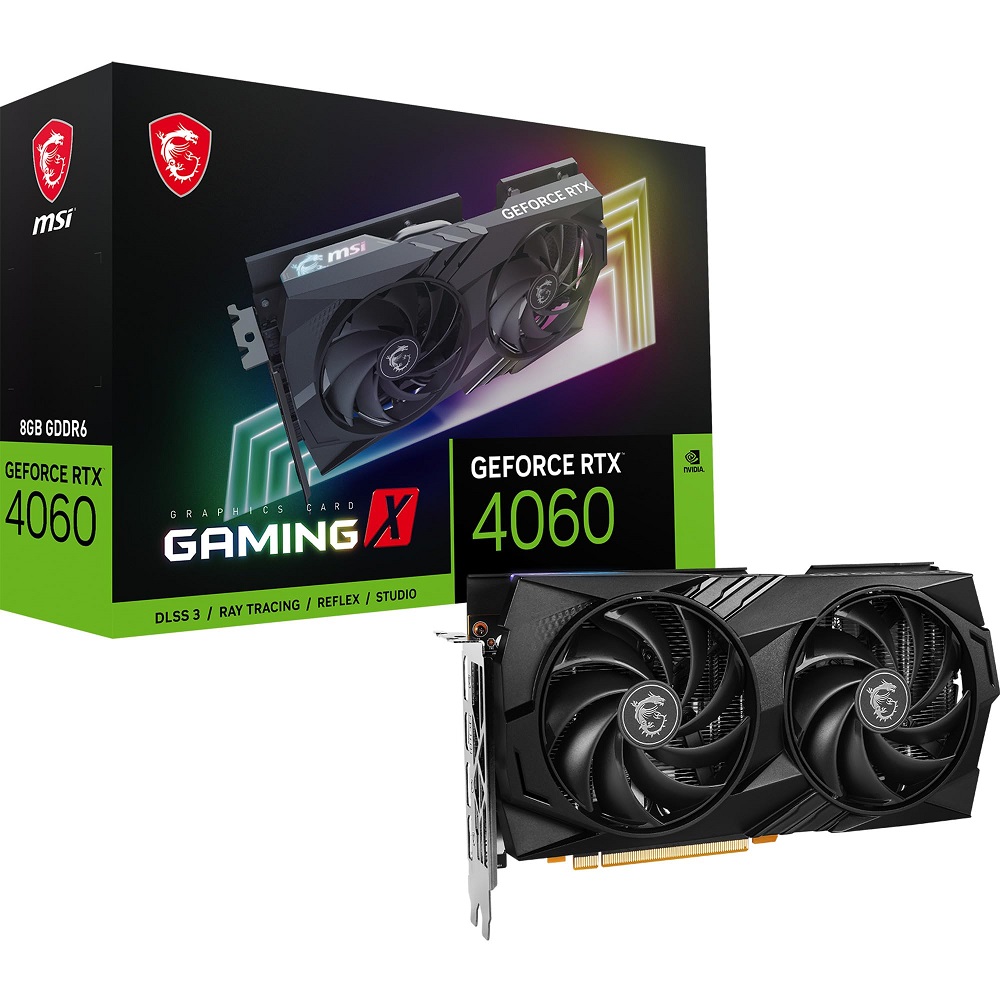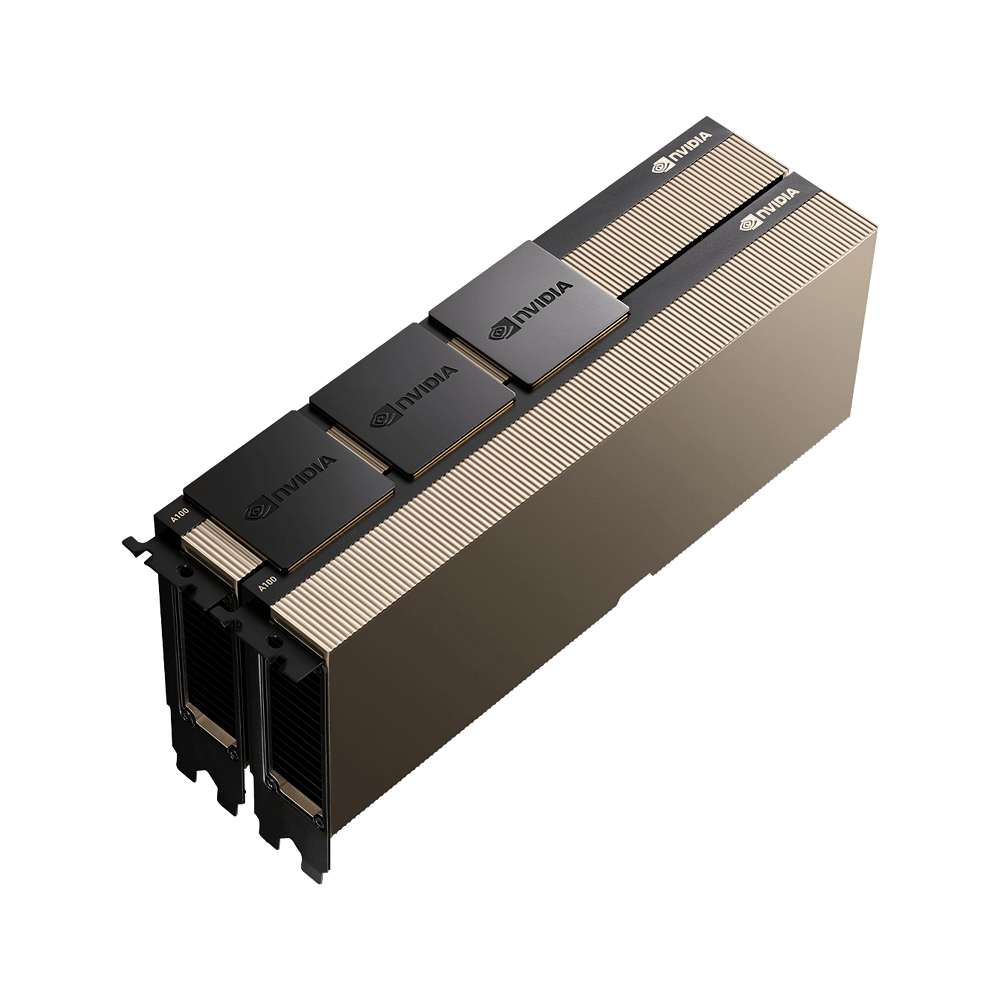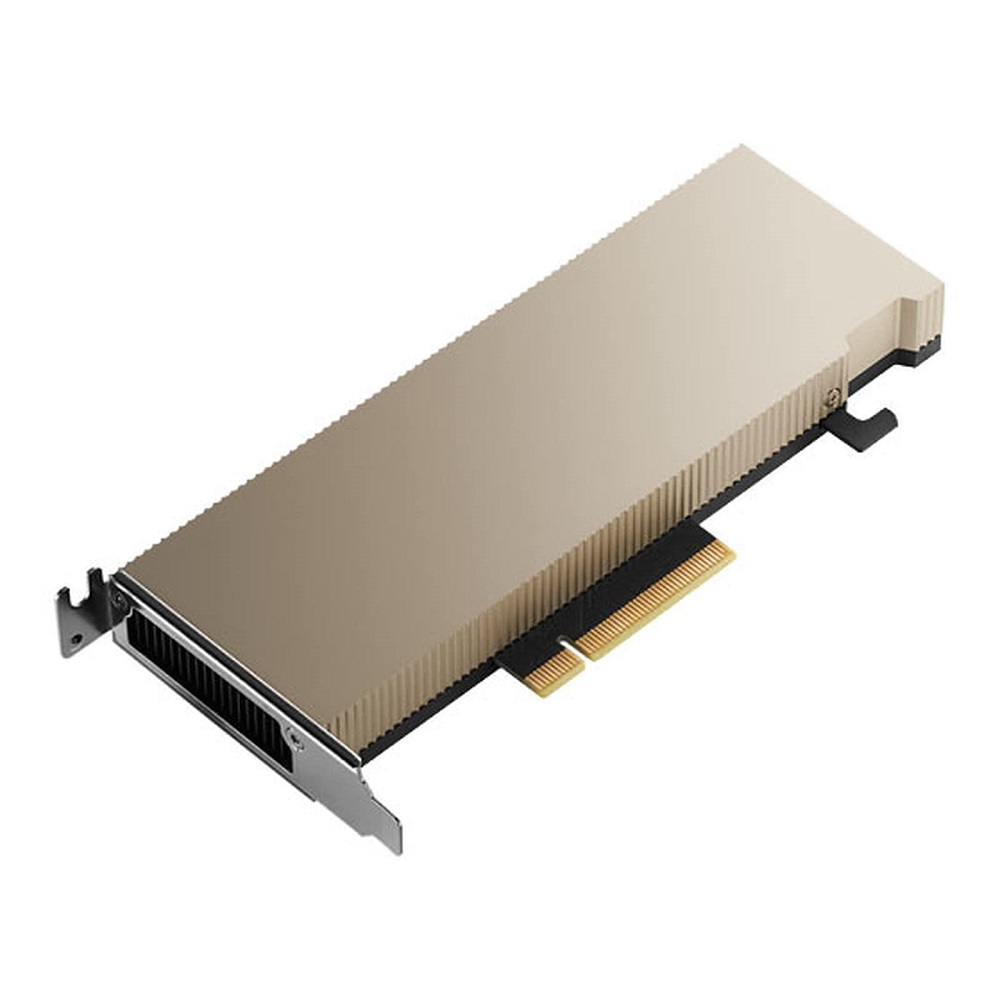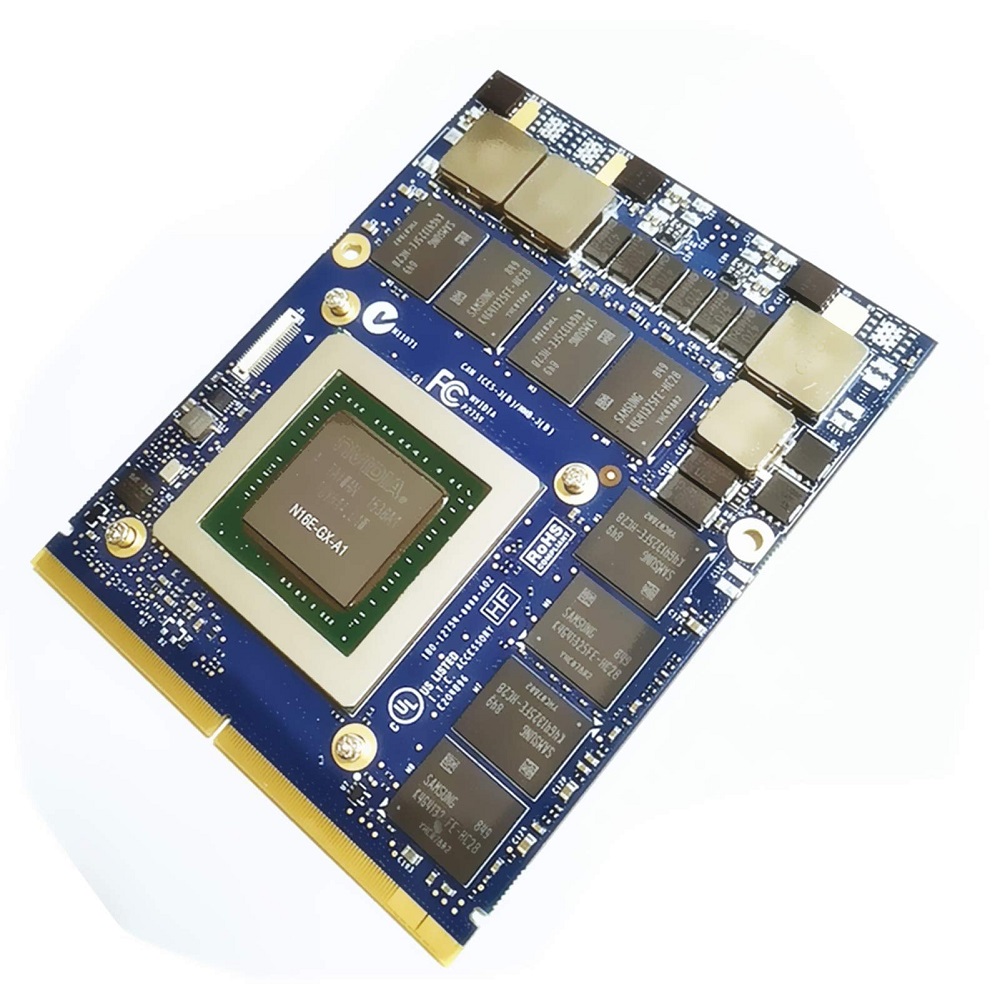Graphics cards play a crucial role in how your computer displays images and runs applications. Whether you are a gamer, a graphic designer, or simply a regular user, knowing about your graphics card can help you troubleshoot issues, upgrade your hardware, or ensure that specific software runs smoothly. Windows 11 provides multiple ways to find detailed information about your graphics card. How to find graphics card info Windows 11? This guide walks you through various methods to access GPU (Graphics Processing Unit) information, helping you understand your system’s capabilities.
Using the Settings App
Accessing the Graphics Settings
One of the simplest ways to find graphics card information in Windows 11 is through the Settings app. Microsoft has integrated a straightforward option that allows users to access information about their hardware quickly. This method does not require advanced technical knowledge, making it accessible for most users.
To start, click on the Start button located on the taskbar and select the Settings gear icon, or press Windows + I to open the Settings app directly. Once the Settings window appears, navigate to the System category on the left side and select About.
In the About section, scroll down until you find the Device specifications area. Here, you will see information regarding your processor and installed RAM, but underneath these details, there’s a section labeled Graphics—this will provide you with crucial information about your graphics card, including its name and manufacturer.
Checking Additional Graphics Settings
After locating the graphics information under the About section, you can further explore the Display settings. From the Settings app, go back to the System category and click on Display. In this section, scroll down and click on Advanced display settings. This display will show the primary monitor’s resolution and refresh rate and additional options specific to your graphics card.
Here, you can find more comprehensive details, such as which graphics card is currently being used for a specific display and its current output resolution. This information is essential if you are using multiple monitors or are configuring display settings for gaming or graphic design.

Using the Device Manager
Finding Device Manager
If you want a deeper dive into your hardware configuration, using the Device Manager is an excellent option. This tool provides a comprehensive list of all the hardware components in your computer, including graphics cards.
To access Device Manager, right-click on the Start menu and select Device Manager from the list that appears. You can also press Windows + X to open the Power User menu and choose Device Manager from there.
Locating Your Graphics Card
In the Device Manager window, look for the section labeled Display adapters. Click the arrow next to this category to expand it and reveal the graphics card(s) installed in your system. Here, you will see the name of your graphics card(s). If you have both an integrated graphics solution and a dedicated graphics card, both will be listed here.
To find more detailed information about your graphics card, right-click on its name and select Properties. In the window that appears, you can view details on the Driver tab, where you can see the driver version and date, which can be helpful for troubleshooting or updates. The Details tab will provide even more extensive information about hardware IDs, which may be useful for advanced users and developers.
Using DirectX Diagnostic Tool (dxdiag)
Launching DirectX Diagnostic Tool
For those who prefer a graphical interface that compiles detailed system information, the DirectX Diagnostic Tool (dxdiag) is a reliable option. This built-in Windows utility provides a quick overview of your system’s graphics capabilities, including graphics card specifics.
To access dxdiag, press Windows + R to open the Run dialog box. Type dxdiag and hit Enter. This action will launch the DirectX Diagnostic Tool, which may take a few seconds to gather information about your system.
Exploring Graphics Information
Once the tool is open, go to the Display tab. This section provides you with various details about your graphics card, including its name, manufacturer, and total memory. Additionally, you can see the driver version and date, which is useful for checking if your drivers are up to date.
If you have multiple displays or graphics cards, you can switch between them using the drop-down menus in the Display tab. This capability is helpful for users with multi-GPU setups or those who use multiple monitors.

Using Third-Party Software
Introduction to GPU-Z
While Windows offers built-in tools to check graphics card information, several third-party applications provide even more detailed insights. One popular option is GPU-Z, a lightweight and free utility specifically designed for displaying comprehensive details about your graphics card.
You can download GPU-Z from its official website. After installing the software, launching it will present you with a comprehensive overview of your graphics card’s specifications, including clock speeds, memory type, and temperature readings.
Exploring Other Tools
Besides GPU-Z, other software options, such as HWMonitor, MSI Afterburner, and Speccy, can provide in-depth information about your GPU and overall system performance. HWMonitor focuses on monitoring temperatures, voltages, and fan speeds, while MSI Afterburner allows you to overclock your GPU and monitor real-time performance.
Each of these tools can offer insights that could help optimize your system for gaming or intensive graphic applications.
Checking Manufacturer Software
Utilizing Manufacturer Utilities
Many graphics card manufacturers, such as NVIDIA and AMD, offer their software solutions that provide comprehensive information about their products. If you own a graphics card from one of these companies, installing their respective software can be beneficial.
For NVIDIA graphics cards, the NVIDIA Control Panel provides detailed information about your GPU, including performance metrics and settings for specific applications. You can access it by right-clicking on the desktop and selecting NVIDIA Control Panel.
For AMD users, the AMD Radeon Software provides similar functionalities. After installation, you can open the software to check your graphics card’s features, optimize performance, and monitor usage in real-time.
Accessing Information
Both NVIDIA and AMD’s software packages display plenty of information about your graphics card, including temperature, GPU clock speeds, memory usage, and more. You can also tweak various settings like display options, performance modes, and game-specific preferences, allowing for a personalized user experience that suits your hardware.
Understanding What the Information means
Key Specifications to Look For
While exploring your graphics card information, knowing which specs matter is crucial for assessing performance. Here are some key specifications to pay attention to:
- Graphics Card Model: The name of your GPU determines its capabilities. Popular models include NVIDIA’s GeForce RTX and AMD’s Radeon RX series.
- VRAM (Video RAM): VRAM is dedicated memory for your graphics card. More VRAM means better performance, especially in high-resolution gaming and graphic-intensive applications.
- Core Clock Speed: This represents the speed at which your graphics card operates. Higher clock speeds can improve performance during gaming and rendering tasks.
- Driver Version: Keeping your graphics drivers updated ensures compatibility with the latest games and software optimizations. Look for updates regularly.
- Temperature Readings: Monitoring your GPU’s temperature helps prevent overheating and performance throttling. Aim for temperatures below 85°C during heavy load.
Understanding these specifications will help you make informed decisions regarding upgrades or compatibility when purchasing new games or software.

Stay Informed About Your Graphics Card
Importance of Knowing Your Graphics Card
How to find graphics card info Windows 11? Knowing your graphics card specifications is crucial for maximizing your system’s performance. Whether you are engaging in gaming, graphic design, or video editing, understanding your hardware will help you optimize your experience.
With Windows 11’s built-in utilities and optional third-party software, discovering your graphics card information is straightforward. From Settings and Device Manager to DirectX Diagnostic Tool and manufacturer software, you have multiple ways to access the data you need.
Regular Updates and Maintenance
Regularly checking your GPU info not only helps you understand your current capabilities but also reminds you to keep your drivers updated. Staying informed about your graphics hardware enables you to ensure optimal performance and keep up with the latest developments in software and gaming technologies.
By following the steps outlined in this guide, you can confidently find and understand your graphics card information in Windows 11, empowering you to make the best choices for your computing needs. How to find graphics card info Windows 11? Whether you are upgrading components, optimizing performance, or troubleshooting issues, having this knowledge at hand will serve you well.
